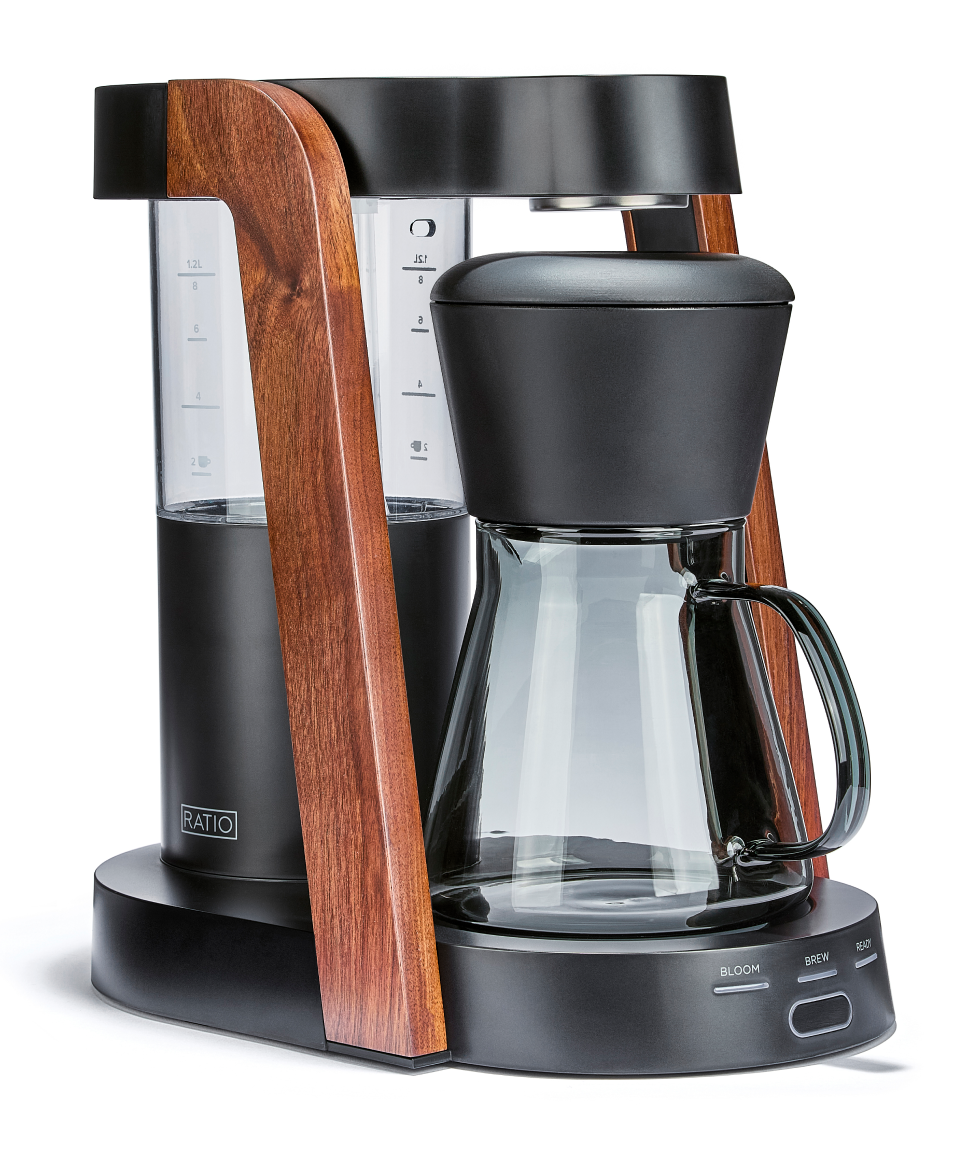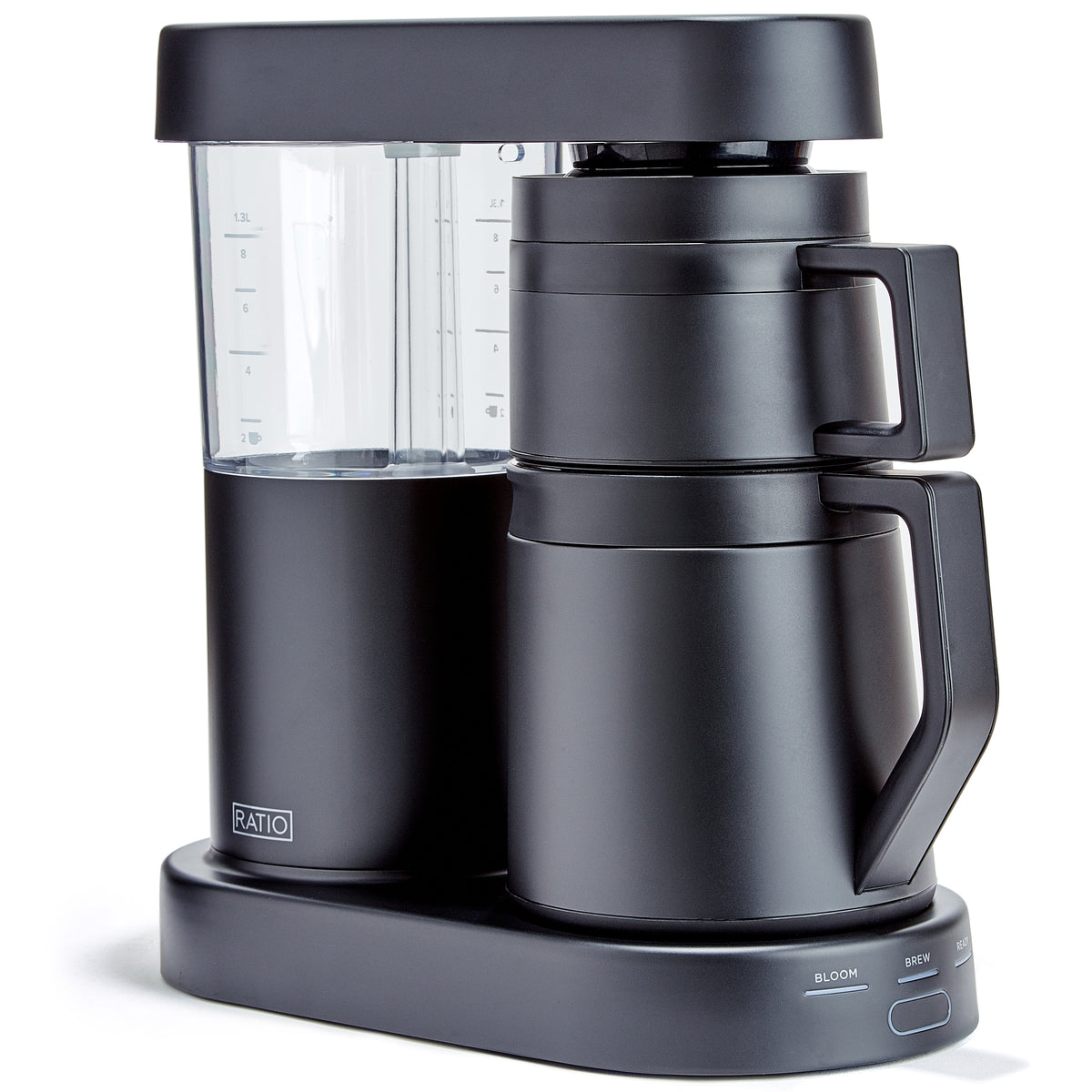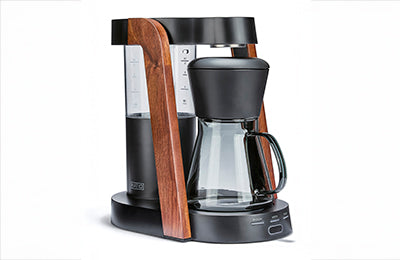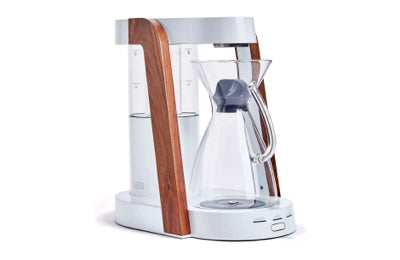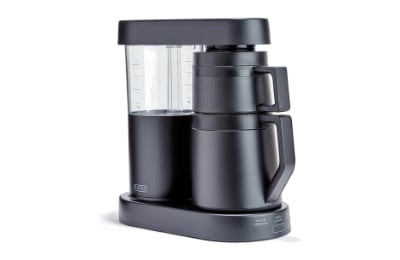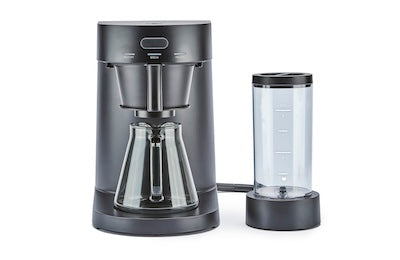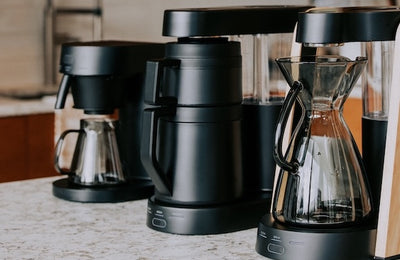Coffee Too Hot? You’re Probably Brewing It Wrong
Key Takeaways
-
Brewing coffee at temperatures that are too high can result in bitter, burnt-tasting brews
-
The ideal water temperature range for coffee is 195°F to 205°F (90°C to 96°C)
-
Exceeding this range over-extracts certain compounds and kills nuance
-
Improper boiling, low-quality kettles, or poorly calibrated machines are common culprits
-
Brew methods, timing, and equipment precision all affect final cup temperature
That tongue-scorching first sip might seem like a normal part of the coffee ritual, but it’s not a sign of a well-brewed cup. If your coffee consistently comes out way too hot — and ends up tasting bitter or burnt — your brewing method is likely to blame.
Good coffee should be hot, yes. But not boiling hot. Let’s look at how temperature missteps can ruin a perfectly good cup and how to fix it.
Why Temperature Matters So Much in Brewing
When hot water meets coffee grounds, it begins extracting soluble compounds that make up flavor, body, and aroma. But not all compounds extract at the same rate — and temperature influences which ones dominate.
-
At ideal temps (195°F–205°F): You get balanced extraction — acidity, sweetness, and body in harmony
-
At higher temps (>205°F): Harsh, bitter, and burnt notes rise to the surface
-
At lower temps (<195°F): The result is often sour, weak, or underdeveloped
Temperature doesn’t just affect taste — it controls the chemical behavior of everything in the cup.
Common Brewing Mistakes That Lead to Overheating
Let’s break down where things often go wrong:
1. Pouring Immediately After Boil
Water boils at 212°F (100°C). Pouring it directly onto grounds is too hot for brewing — and scorches delicate aromatics.
Fix: Let water sit for 30–60 seconds after boiling to cool into the optimal range.
2. Overheating With a Microwave or Kettle Without Temperature Control
Electric kettles without thermometers or microwaves often overshoot safe temperatures.
Fix: Invest in a kettle with built-in temp control or use a thermometer to manually monitor.
3. Using Machines That Don’t Regulate Temp Well
Cheap or inconsistent machines might heat water too hot — or not hot enough.
Fix: Choose machines known for precise temperature control. If your machine makes scalding-hot coffee, it’s likely brewing too hot.
Burnt Isn’t Bold: What Overheated Coffee Tastes Like
If you’ve normalized the scorched flavor of boiling-hot coffee, you might be misreading strong for good.
Signs your coffee is too hot:
-
Harsh or bitter taste
-
Lack of sweetness or acidity
-
Burnt smell or aftertaste
-
Dry, puckering mouthfeel
-
Loss of nuance in light or specialty roasts
Heat isn’t flavor — it’s a vehicle. And like any vehicle, if you drive it too fast, you crash the experience.
Brewing by Method: What to Watch Out For
Pour-Over:
-
Water should be between 195°F and 205°F
-
Don’t use freshly boiled water — wait 30 seconds after boil
-
Use a gooseneck kettle for control
French Press:
-
Preheat the press with hot water
-
Use water around 200°F, then steep for 4 minutes
-
Don’t rush — a quick plunge with boiling water will overdo it
Drip Machines:
-
Check machine specs — not all regulate well
-
If possible, measure brew bed temp or use pre-boil water manually
Espresso:
-
Machines typically self-regulate, but watch for overheat cycles
-
If espresso tastes burnt, let the machine rest or adjust boiler temp
Cool Doesn’t Mean Cold
There’s a difference between letting your coffee brew at the right temperature and letting it sit too long afterward.
Coffee served too hot dulls the palate. But coffee that cools for 3–5 minutes post-brew is often more flavorful, as aromatics become easier to detect.
Ideal drinking temp? Between 130°F and 160°F.
Tips to manage drinking temperature:
-
Preheat your mug to slow heat loss
-
Don’t overfill — a smaller volume cools more predictably
-
Avoid reheating — especially in the microwave
Precision = Better Flavor
You don’t have to be a scientist to brew great coffee — but you do need to respect the details.
Temperature is one of the easiest ways to improve your cup without changing your beans. Dial it in, and everything else falls into place: body, balance, and boldness, without the bitterness.
Smart Brewing With the Right Gear
Coffee machines from Ratio Coffee are built with precision in mind — including tight temperature regulation that ensures water hits that 195–205°F sweet spot. It’s just one less thing to worry about when chasing the perfect cup.
Whether you’re brewing a single pour-over or a full carafe, the right temperature gives your coffee the clarity and richness it deserves.
Frequently Asked Questions
Isn’t hotter coffee better for cold mornings?
While warmth is comforting, overly hot coffee damages flavor. Letting it cool slightly post-brew maintains balance and prevents scalding.
Can I just boil water and wait?
Yes. Letting boiling water cool for 30–60 seconds usually brings it into the safe brewing range.
How do I know if my machine is too hot?
If coffee consistently tastes burnt or overly bitter, it’s a sign your machine may be brewing above 205°F. Check the manufacturer’s specs or test with a thermometer.
Is under-heated coffee just as bad?
Yes — too low a temp causes weak, under-extracted brews with sour notes.
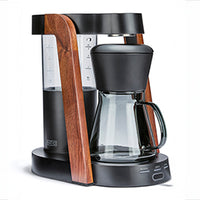 Ratio Eight S2
Ratio Eight S2
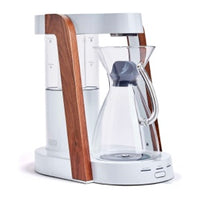 Ratio Eight Original
Ratio Eight Original
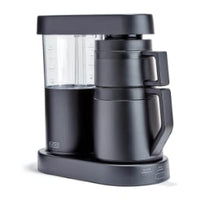 Ratio Six
Ratio Six
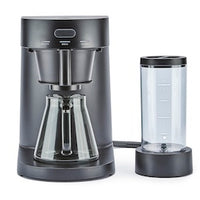 Ratio Four
Ratio Four
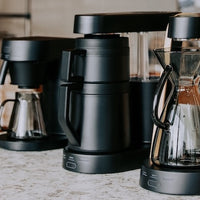 Compare Machines
Compare Machines
